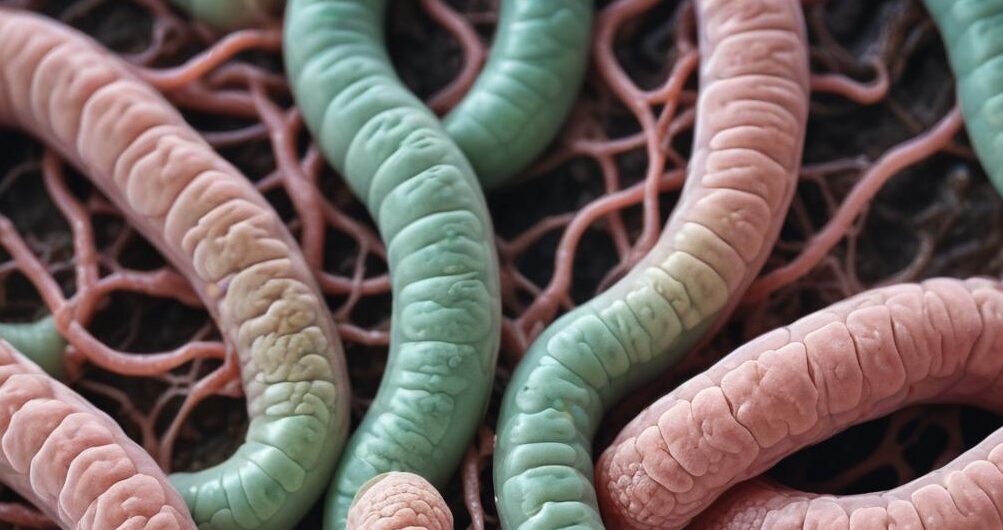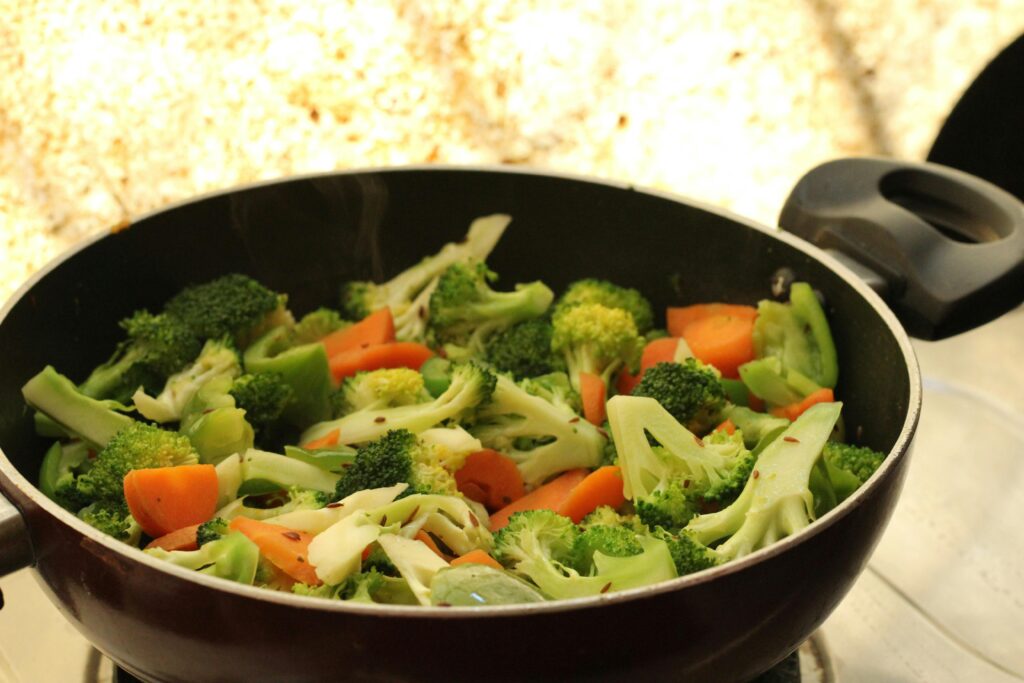
H-PYLORI AND HOW I BEAT IT (PART 2)
THE PATH TO RECOVERY
I lay on a hospital bed. Looking around, I immediately noticed how sterile and void of life the room felt. The smell of hospital disinfect was strong. I could hear a phone ring in an adjacent room.
The doctor in the room was trying to make conversation. It was an effort to build some sort of trust before the procedure began. But his support staff looked eager to get the task over with.
I was told to lie on my left side. A nurse sprayed local anaesthesia into my mouth. I felt it go numb. The nurse handed me a mouthpiece to bite on. Within a minute, the doctor started thrusting a long, thin tube with a small camera down my throat. I could feel it slide down my windpipe and into my gut. Every time there was a thrust, I’d start retching. It was uncomfortable.
But while this was going on, I had a thought, “Is this how aliens conduct experiments when they abduct human beings?” and I chuckled in my mind.
The doctor told me I had mild duodenitis. The duodenum is the upper part of your small intestine that’s connected to your stomach. This was a clear indication of an H-pylori infection.
As mentioned in the first part of this series, I underwent an antibiotics course after that. While effective against H-pylori, the medicines also disrupted my gut bacteria balance, affecting digestion, immunity, and leaving a metallic taste in the mornings after waking up. While some symptoms like bloating and nausea improved, I was not infection-free. This was a long battle to recovery.
Another situation hindering my recovery was my job. My work timings would change every three weeks, sometimes involving working from 11 p.m. to 7 a.m. My body did not have a circadian rhythm anymore. This induced bouts of depression.
Now I must mention that although the doctors were quick with the diagnostics and the medicines, which I am very grateful for, when asked about what my diet should be, the answers were the generic “Don’t eat spicy food,” or “Eat light.” I was never told what I should be eating specifically. But, to anyone who is reading this, diet is CRUCIAL for recovery.
I am not a medical practitioner, but these are what worked FOR ME.
THE DO’s

🌿 Eat broccoli, cauliflower and cabbage. They are part of a cruciferous vegetable family that contains substances that may protect against cancer. Broccoli contains Sulforaphane, an anti-cancer chemical that is extremely efficient against H-pylori.
🌿 Yogurt with dried fruits like blueberries, cranberries, strawberries, and almonds is a fantastic breakfast option. I have continued eating oatmeal bowls even after recovery. It is undoubtedly the healthiest breakfast available.
🌿 Amla, or Indian gooseberry. This is a superfood and a very important part of your recovery diet. It has antioxidant properties, enhances nutrient absorption and promotes digestive health. It is also a major source of vitamin C that can help heal your gut-lining. Amla helps reduce the severity and frequency of heartburn and regurgitation in people with gastroesophageal reflux disease.
🌿 Ash gourd and bottle gourd (lauki) juice. They are high in fiber, help grow good bacteria, and reduces indigestion problems. This drink is very bland and I am sure you will dislike it. I hated bottle gourd. But I now understand how nutritious
🌿 Eat bananas daily. Bananas help regulate bowel movements and relieve constipation, a common symptom of H-pylori infection. Consume watermelon, pomegranate and apples. Pomegranate is rich in polyphenols, which are antioxidants that may inhibit the growth of H-pylori bacteria and protect the stomach lining.
🌿 Making carrots, beans, and sweet potatoes staple foods in your diet can be highly beneficial. Carrots are rich in beta-carotene, which helps in protecting the stomach lining. Beans are a great source of fiber. Sweet potatoes contain vitamins A and C, which support the immune system and inhibit the growth of H-pylori.
🌿 Okra, or, ladies-finger, has mucilage which coats the stomach lining and helps to rebuild from the damage caused by H-pylori. Beetroot contains betalains that have anti-inflammatory effects and cucumber has a cooling and hydrating effect that can help alleviate digestive discomfort.
🌿 If you are a meat eater, eat fish or white meats like chicken breast/thighs. And don’t forget to consume eggs.
🌿 Leafy greens MUST be a part of your diet. Spinach, kale, coriander, curry leaves, dill leaves and other greens like celery and spring onions will do wonders for your gut.
THE DON’TS

❌ STOP DRINKING ALCOHOL! It increases nausea and stomach pain that can last for days. Get rid of those bottles at home. If you have friends who pressure you to drink, get rid of them too. If you care about yourself and your loved ones, you will not taste alcohol again.
❌ STOP SMOKING! It’s like inviting the bacteria to set up a permanent home in your gut. If you can’t kick the butt, you will have H. pylori as your companion FOREVER! Trust me, you don’t want that nasty bug as a lifelong roommate.
❌ Absolutely avoid spicy foods, especially red chilies. That means saying goodbye to your beloved biryanis, those crispy pan-fried momos and vindaloos. Your stomach will thank you.
❌ Avoid all non-home-cooked foods, including street snacks like pani puris, pav bhajis, fried items like samosas, kachoris, medu vadas, bondas, bhajiyas, cutlets, and similar junk food deep-fried in oil. Eating junk is like giving away ammo to the enemy to use it against you.
❌ Stop eating red meat. It’s time to give your BBQ a break while you’re battling H-pylori. Completely avoid beef, pork, and even mutton.
❌ No processed food. Avoid gluten-containing foods like white bread or maida. So no chole bhature for Sunday breakfast. Instead, eat rotis made of multigrain flour.
❌ Limit intake of citrus fruits like oranges, sweet lime/mosambi, pineapple, and excessive tomatoes; consider consuming lemon only after symptoms have subsided.
❌ It’s time to press pause on milk-based foods. Casein and lactose in milk-based foods causes an acidic environment in your stomach that helps H-pylori thrive. Avoid milk, cheese, ice cream and other dairy products except yogurt and paneer.
In fact, consume yogurt as often as possible. Yogurt has essential probiotics that help replenish the good bacteria your gut needs. They produce antimicrobial compounds that can directly kill H-pylori.
Think of yogurt and curd as your stomach’s personal bodyguards. There is also a mental aspect towards recovering from this dreadful disease. I will talk about that in the final part of this series.

H-pylori and how I beat it (Part 1)
You May Also Like

7 Morning Habits Of Highly Successful People
June 18, 2024